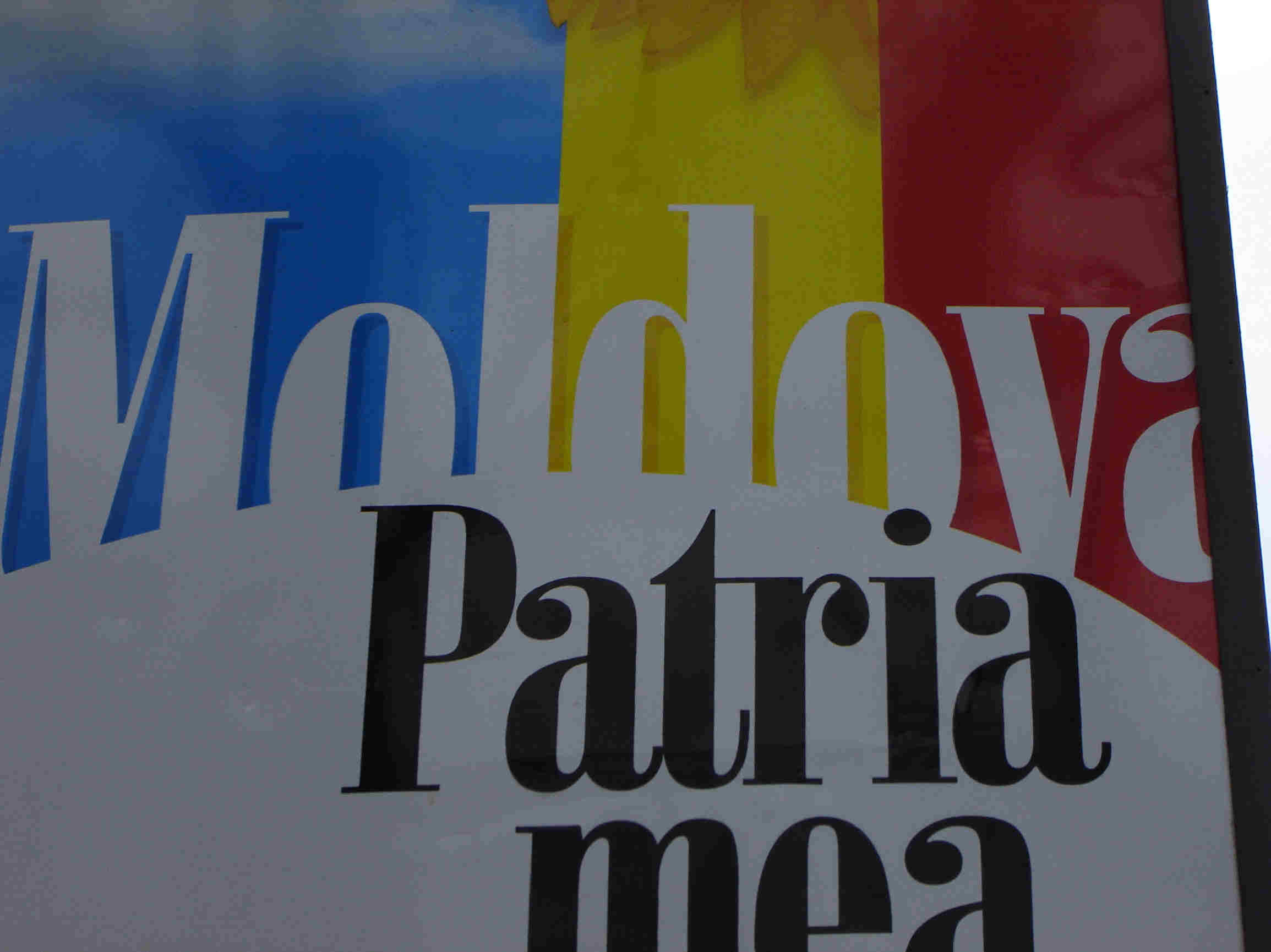|
11 July 2006…The Crimea...is the first stop
on my swing through Eastern Europe. Crimea is peninsula that juts into
the Black Sea in Ukraine. It has an interesting history and perhaps is
most famous for the 1945 summit between Churchill, Stalin, and Roosevelt
where plans were drawn up for responsibilities and occupation in Europe
at the end of WWII.
This dividing of Europe led to development of the
“iron curtain” dividing the West “free” nations from the Eastern
Communist bloc. Although Stalin promised free and fair elections in the
areas under the control of the Russian Red Army, puppet governments were
installed and supported by armed force in Poland, Czechoslovakia,
Hungary, Romania, Albania, Bulgaria, and Yugoslavia. Further, the fates
of Estonia, Latvia, Lithuania, and Moldova (that had been ceded to the
Soviets by the Nazis in 1940) were sealed as permanent member republics
of the USSR (CCCP). Had free elections happened in any of these
nations, it is unlikely that Communist governments would have been
installed and the horrific oppressions would not have happened (nor the
blight of Soviet-style architecture).
Crimea was something of a Soviet Riviera.
Workers sanitaria were in Yalta and surrounding towns so that the
faithful could come and enjoy a holiday dipping in the frigid Black Sea
waters (but let’s face it the Black Sea is a lot warmer than the
northern Pacific, the Baltic, or the Arctic). The major southern port
for the Soviet Navy was at Sevastopol (a secret city until 10 years
ago).
Today, Crimea is still a vacation destination but
it is far more commercial than old Joe could have ever imagined in his
worst nightmare! There are high-rises, time-shares, and various other
tourist traps plunked down on the steep hillsides that lead to the
coast. Its political future is uncertain as it is established as a
politically autonomous region of Ukraine and an election will be held at
some point in the near future to offer its residents the option of
rejoining Russia. It is interesting that this place where Stalin made
promises that he never kept about self-determination may exercise that
right.
My reason for coming is that Clipa Siderala
operates its Sparta Camp here and I was delighted to spend some time and
break some bread with them. Again, I am impressed with their good work
for the children of Moldova. |
|
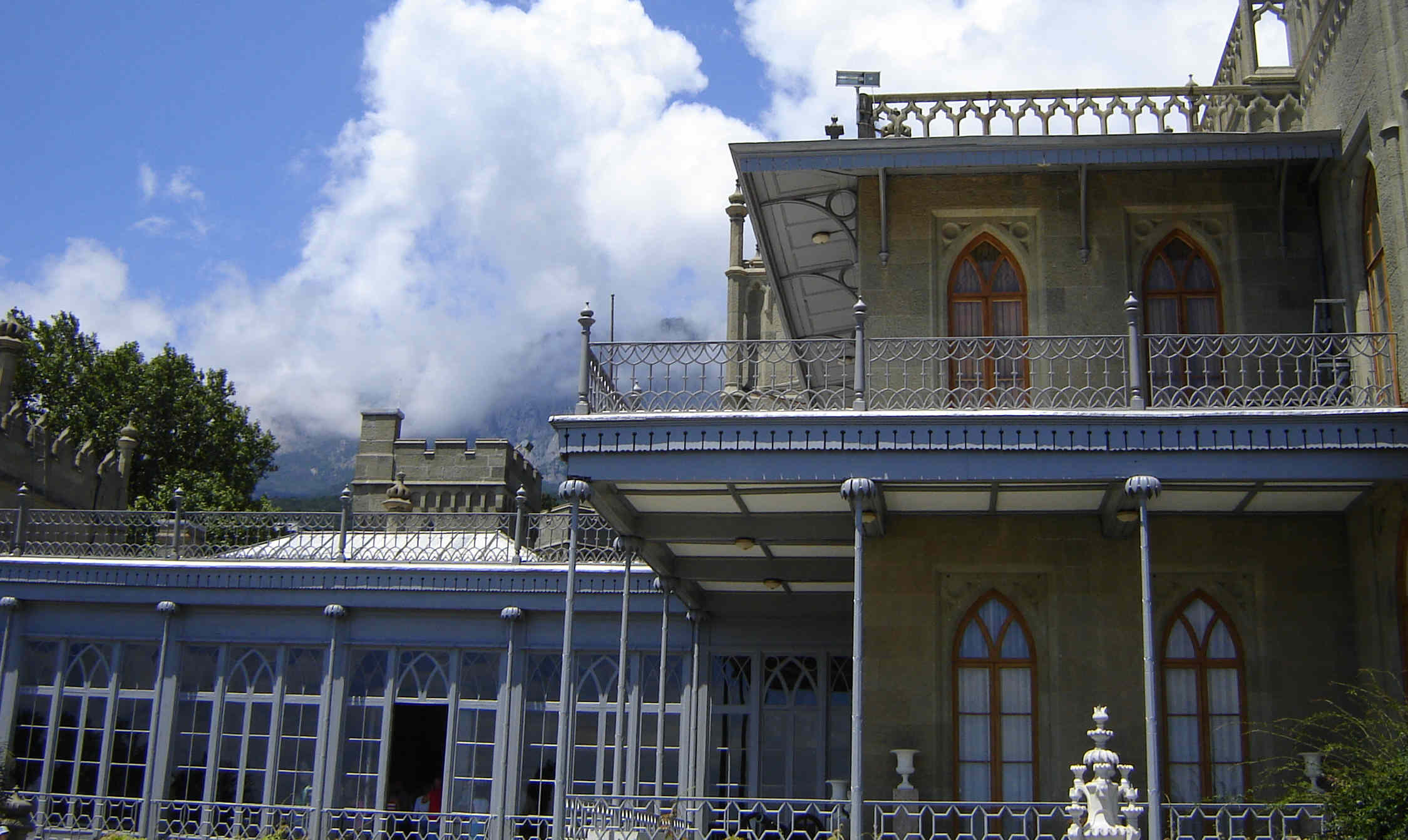 This is the palace where Churchill, Roosevelt, and Stalin carved up
Europe in 1945.
This is the palace where Churchill, Roosevelt, and Stalin carved up
Europe in 1945.
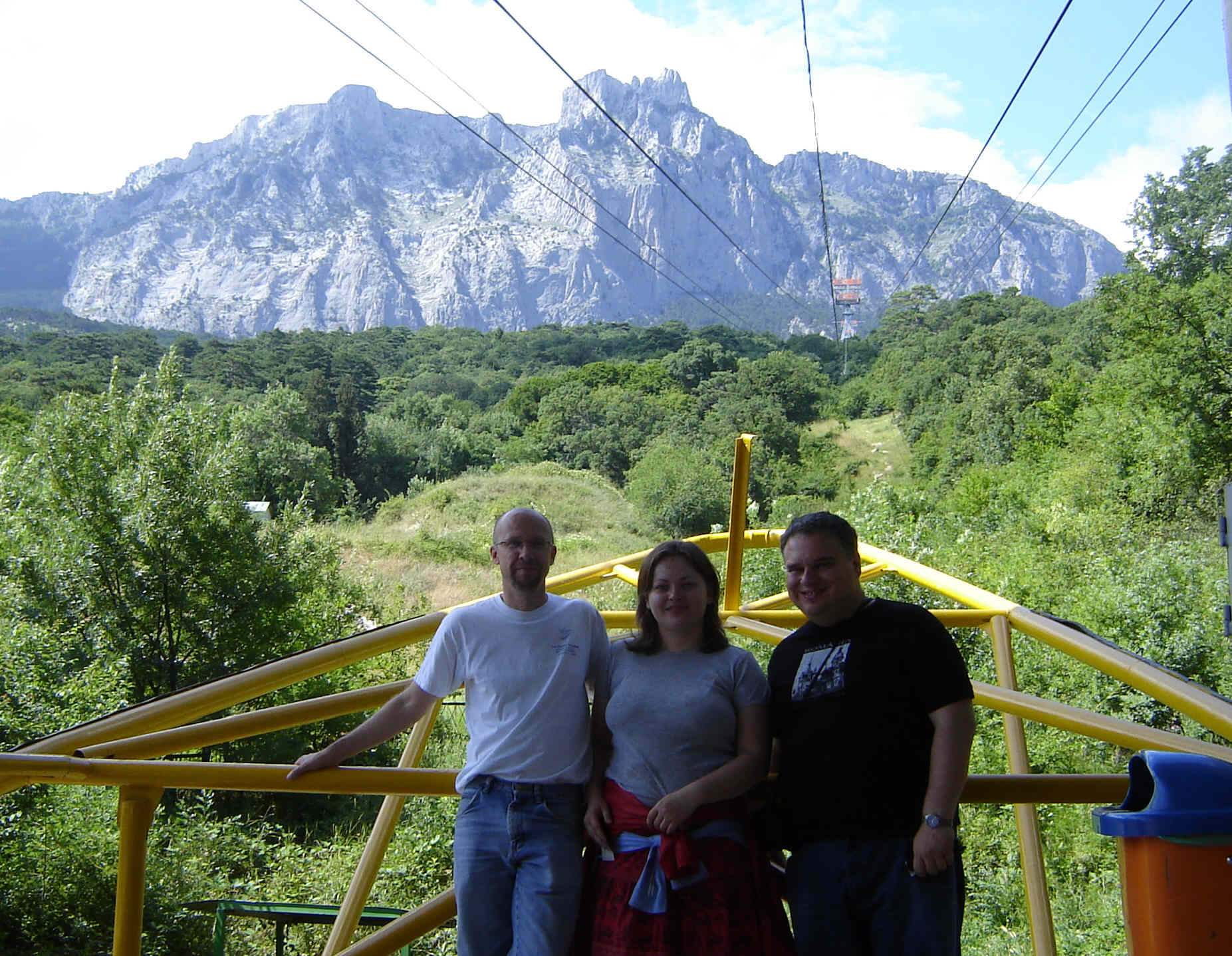 Halfway up the mountain in a cable car!
Halfway up the mountain in a cable car!
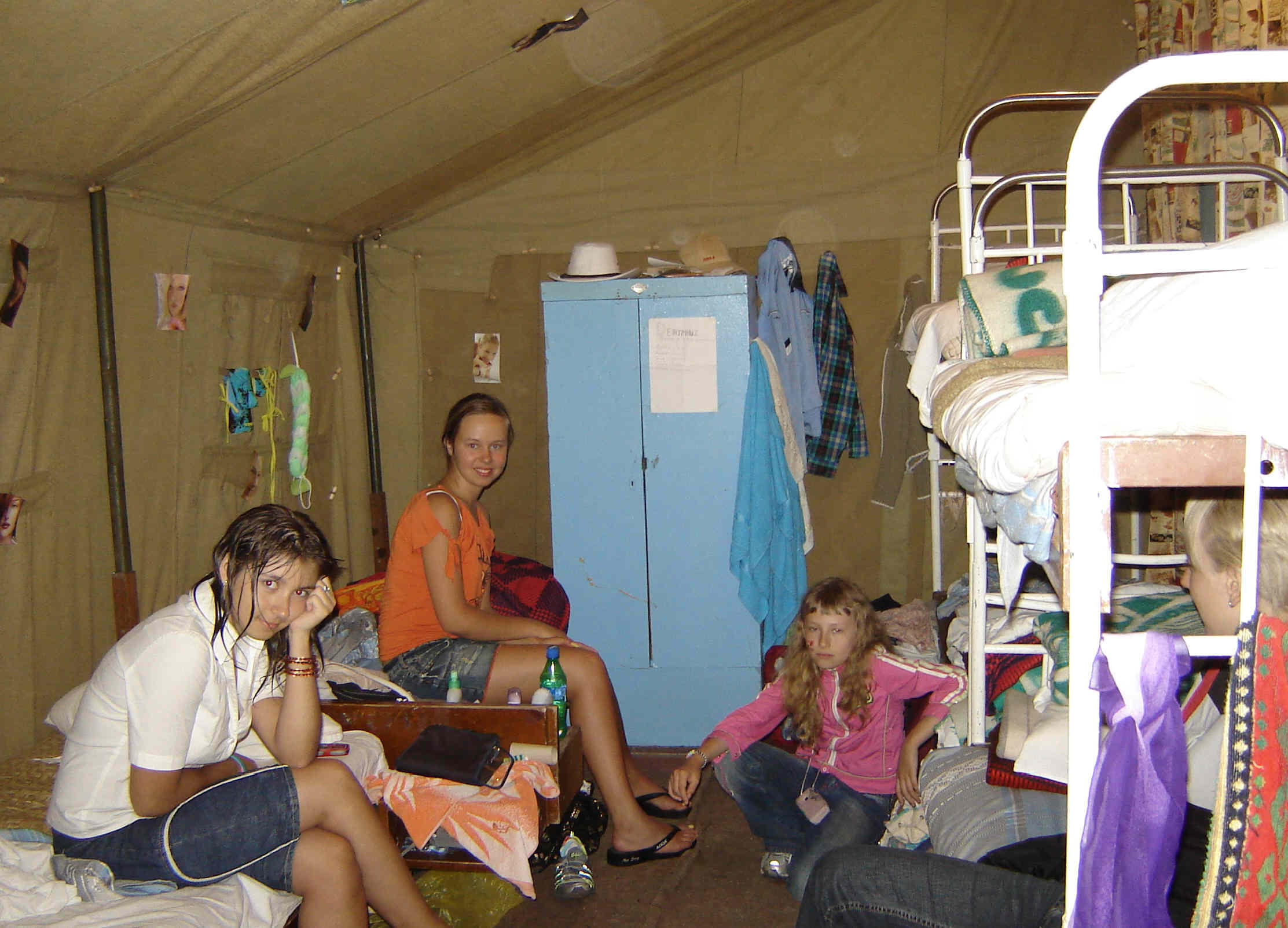
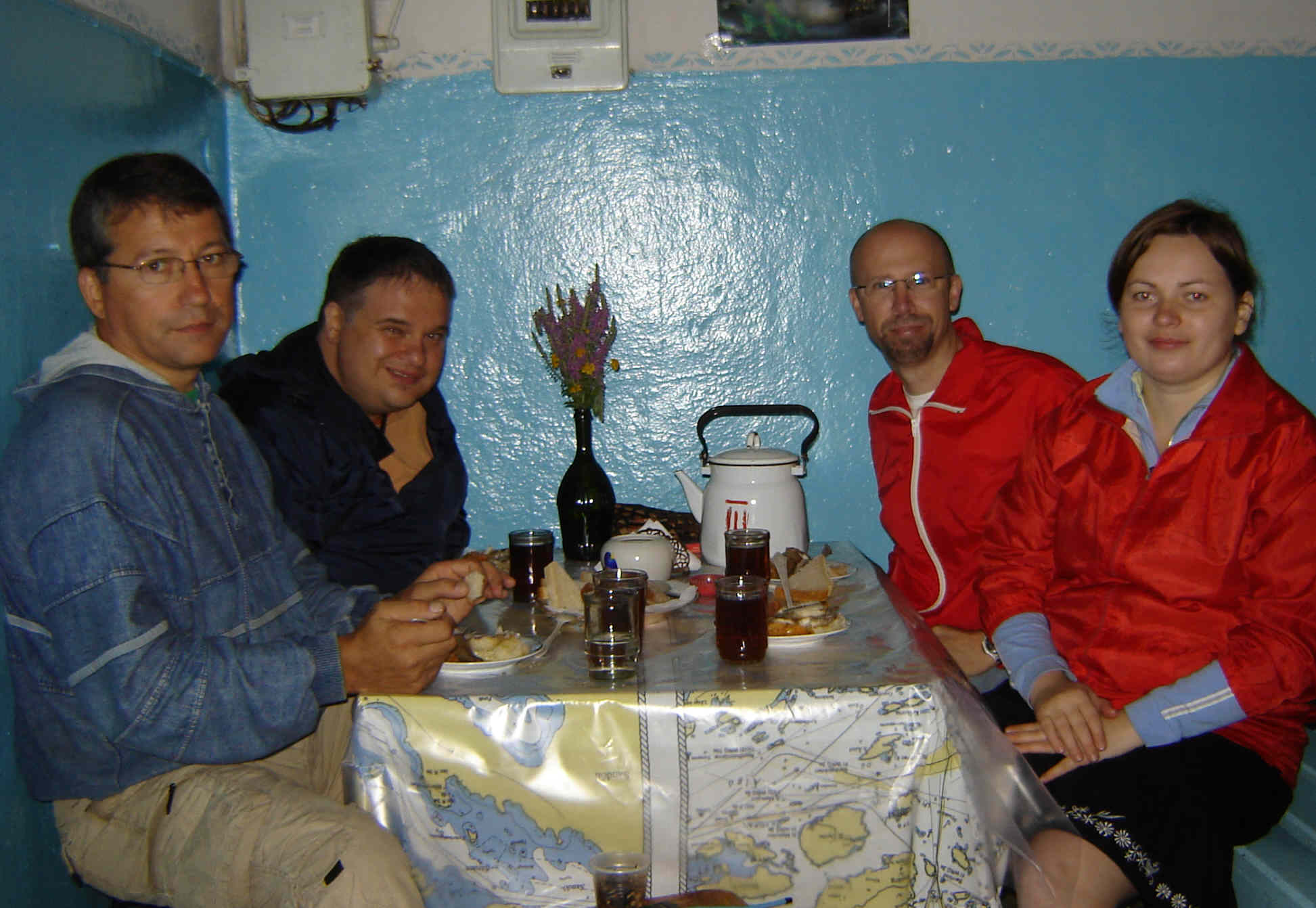 A visit to Camp Sparta...sleeping in tents and enjoying quality camp
food!
A visit to Camp Sparta...sleeping in tents and enjoying quality camp
food! |
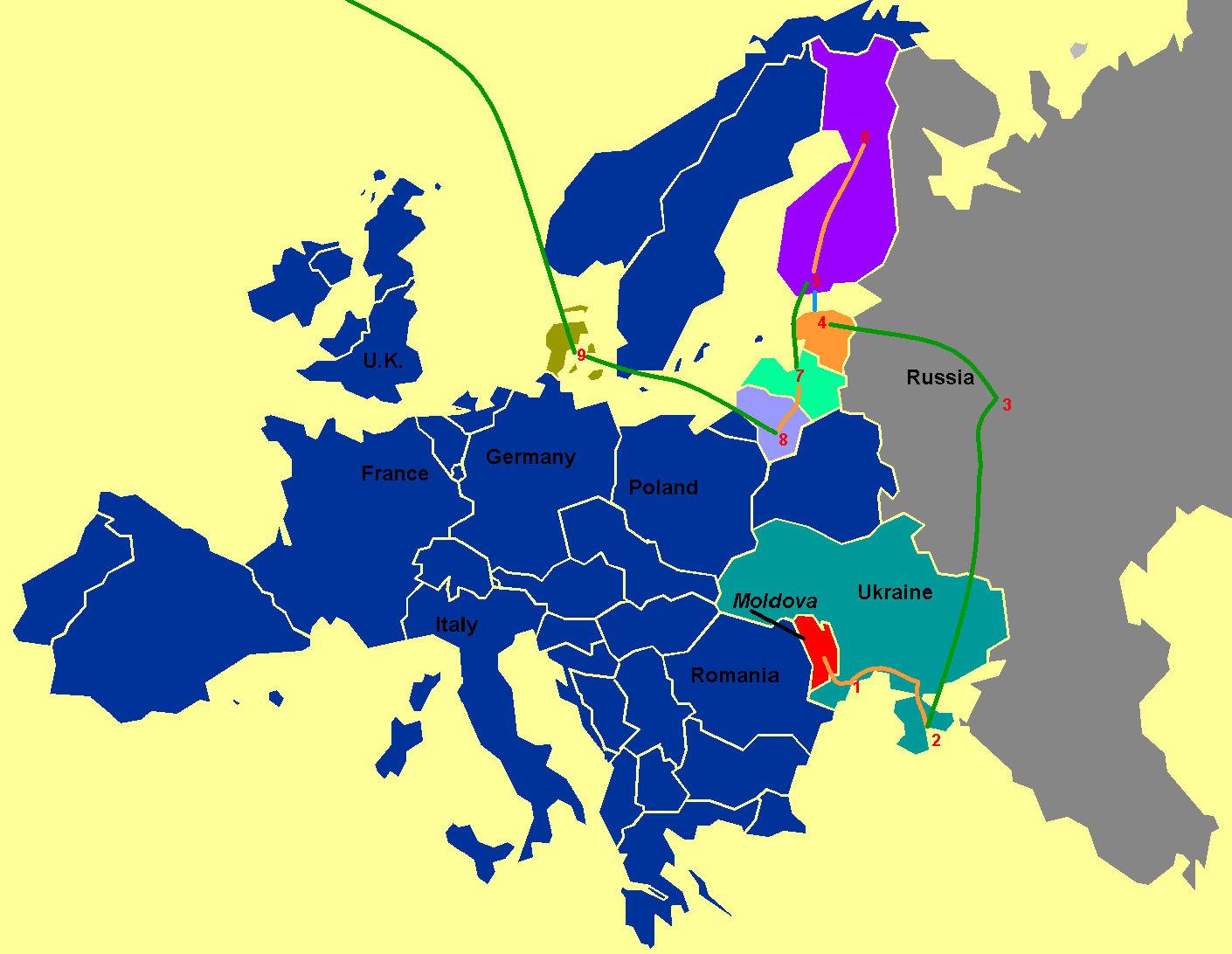

 This is the palace where Churchill, Roosevelt, and Stalin carved up
Europe in 1945.
This is the palace where Churchill, Roosevelt, and Stalin carved up
Europe in 1945.
 Halfway up the mountain in a cable car!
Halfway up the mountain in a cable car!
 A visit to Camp Sparta...sleeping in tents and enjoying quality camp
food!
A visit to Camp Sparta...sleeping in tents and enjoying quality camp
food!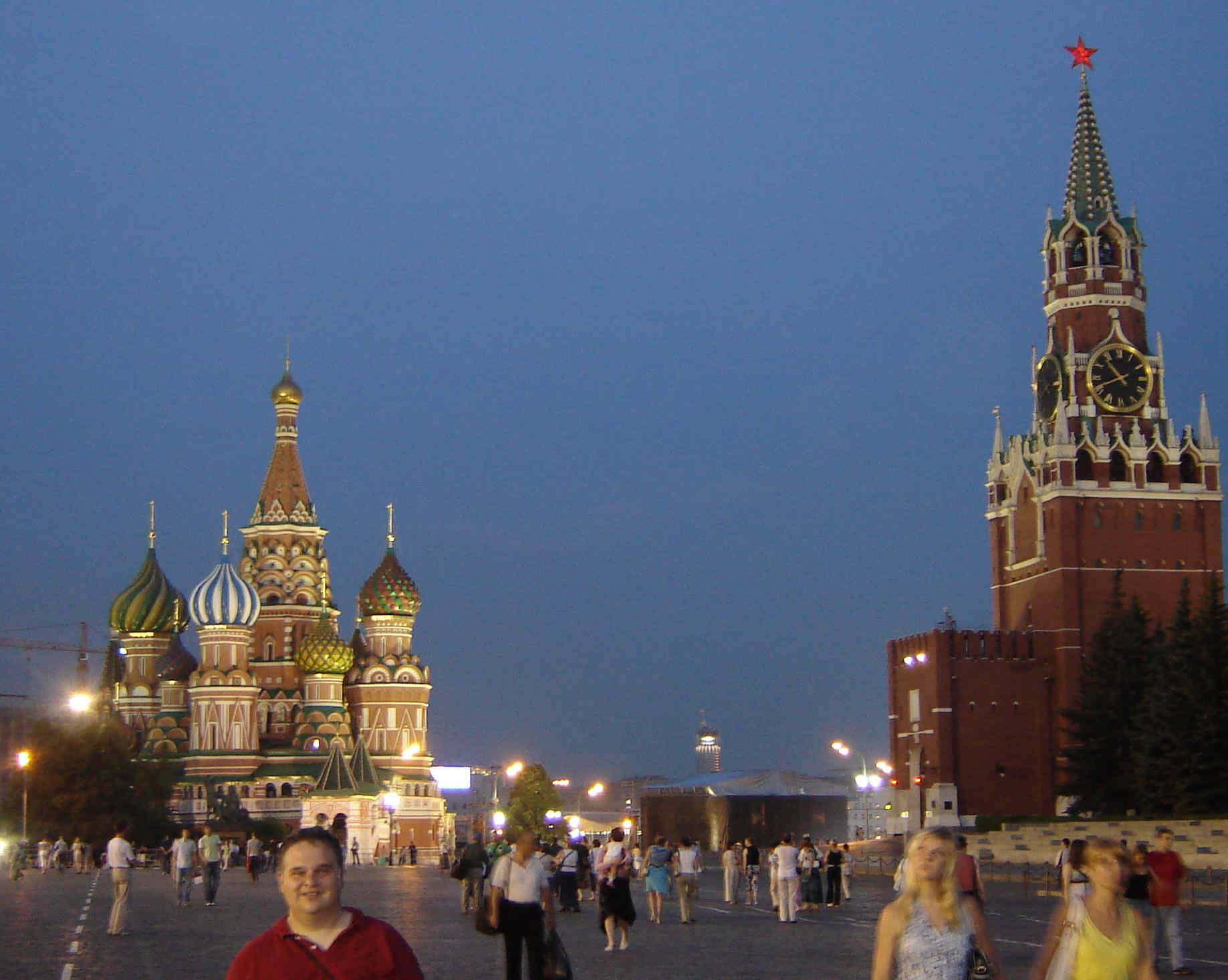 Me in Red Square...Lenin is in his mausoleum to my left.
Me in Red Square...Lenin is in his mausoleum to my left.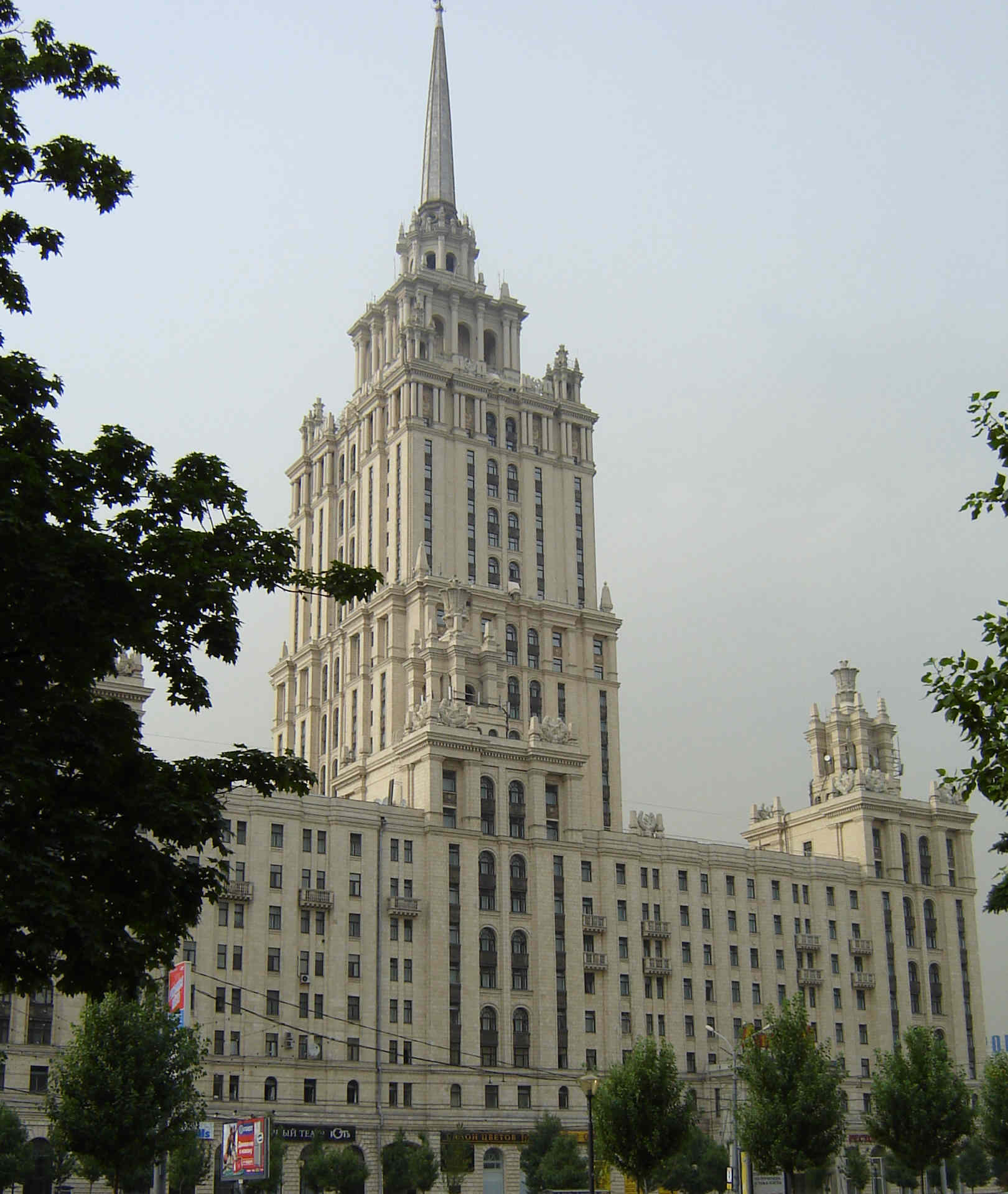 The Hotel Ukraina where we stayed and one of Stalin's seven skyscrapers
dotting the Moscow skyline.
The Hotel Ukraina where we stayed and one of Stalin's seven skyscrapers
dotting the Moscow skyline.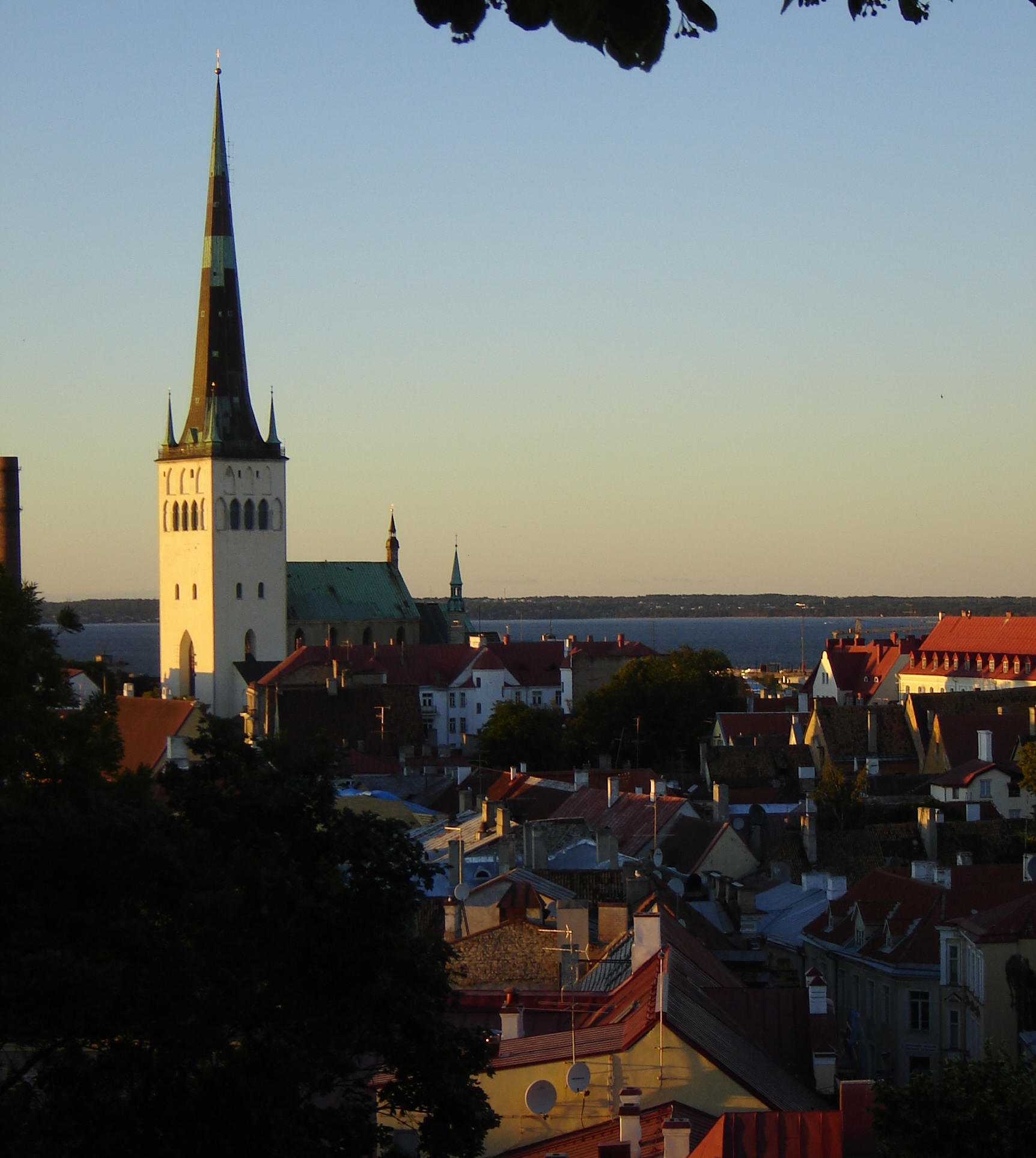 Old city of Tallinn at sunset--well, its around 11 pm and the sun will
kind of go down for a while.
Old city of Tallinn at sunset--well, its around 11 pm and the sun will
kind of go down for a while. Sophisticated, Scandinavian, and
Sunny...Helsinki, Finland.
Sophisticated, Scandinavian, and
Sunny...Helsinki, Finland. 1 am and the sun still shines at the
Arctic Circle (Rovaneimi, Finland).
1 am and the sun still shines at the
Arctic Circle (Rovaneimi, Finland). Six Zeppelin hangers left over from WWI are the base for the central
market in Riga.
Six Zeppelin hangers left over from WWI are the base for the central
market in Riga.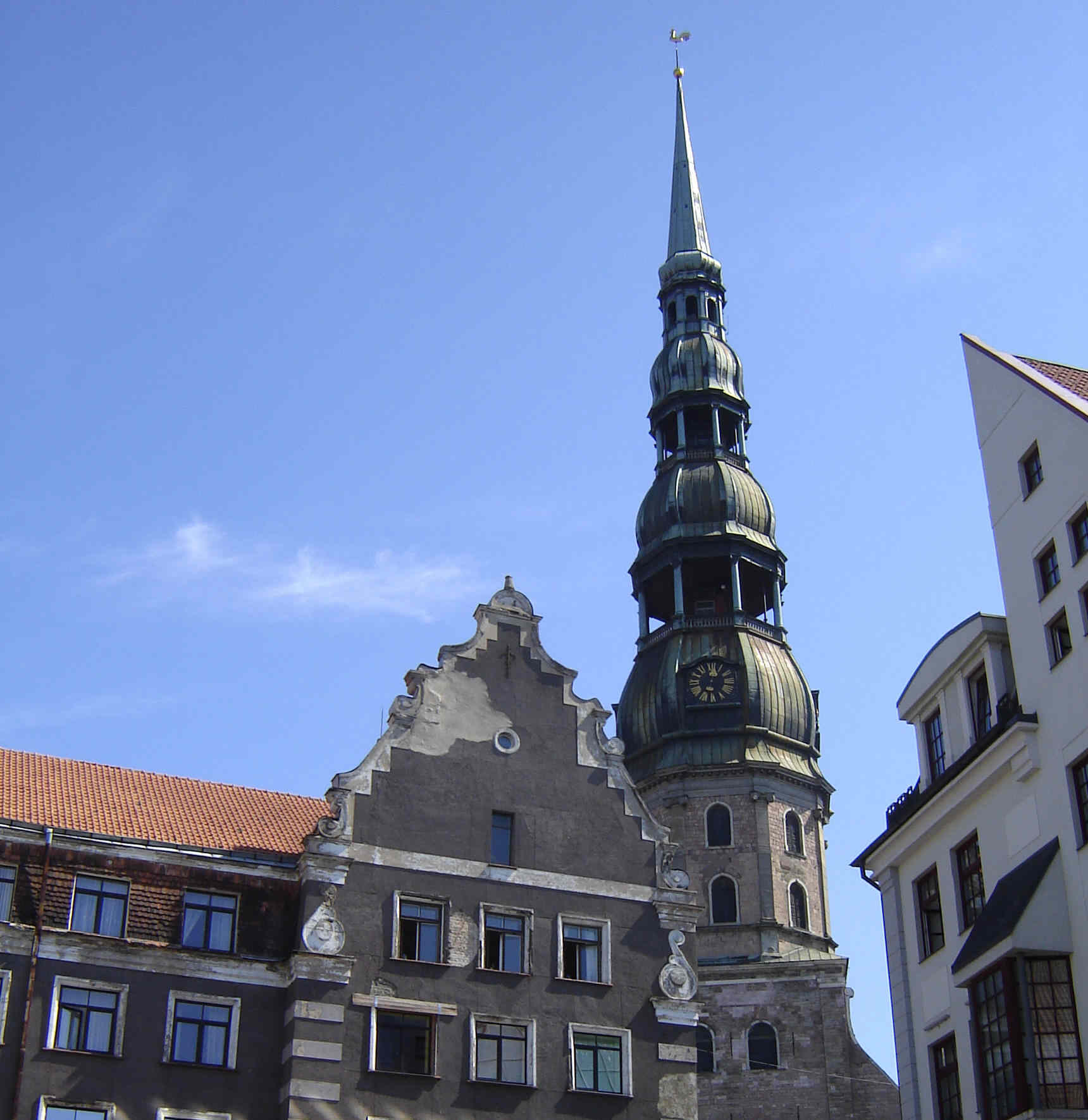 The center of Riga is quite
charming...
The center of Riga is quite
charming...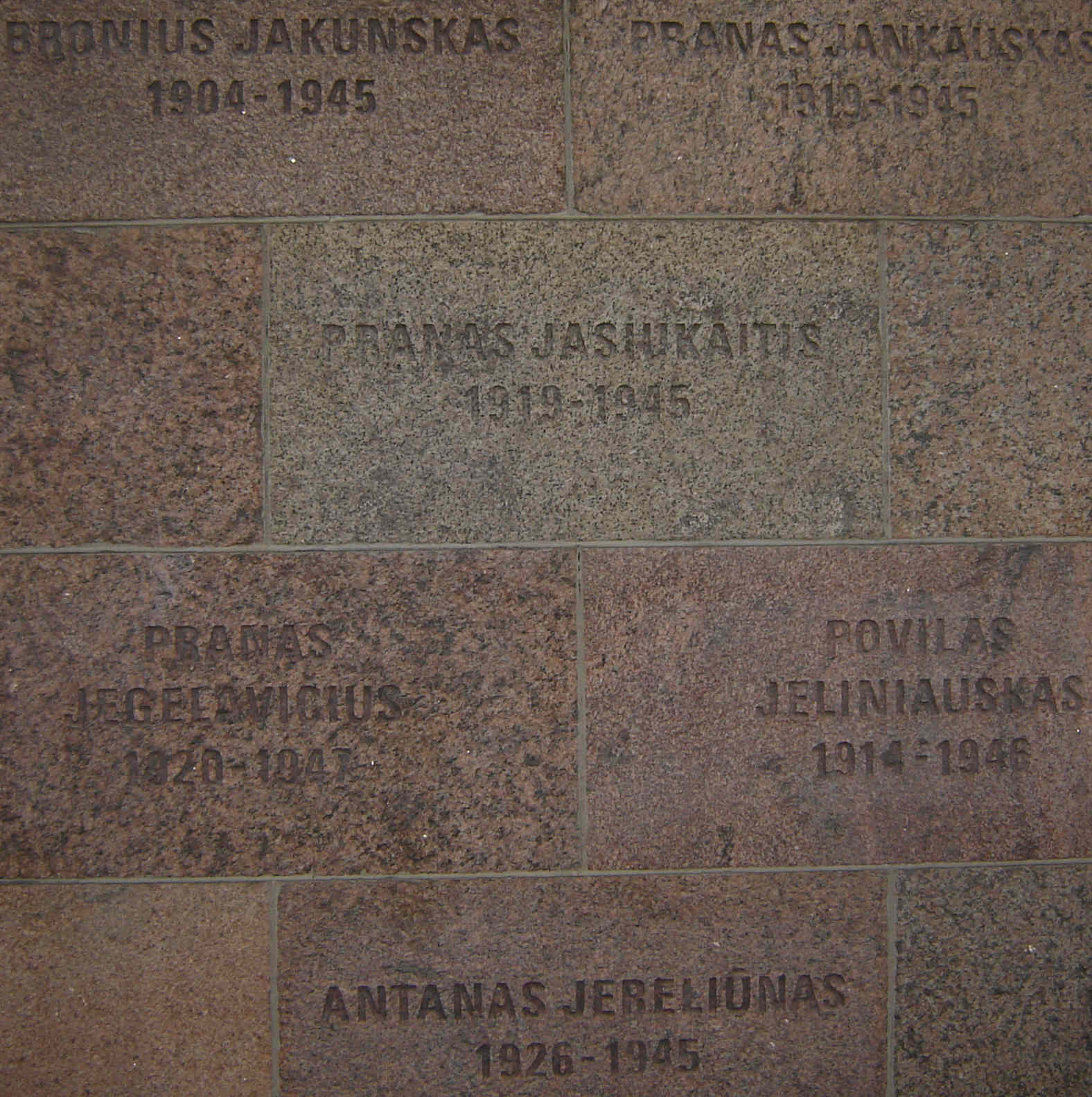
 Names of Lithuanians detained,
tortured, and executed by the KGB during Soviet times and picture of the
world's only monument to Frank Zappa...
Names of Lithuanians detained,
tortured, and executed by the KGB during Soviet times and picture of the
world's only monument to Frank Zappa...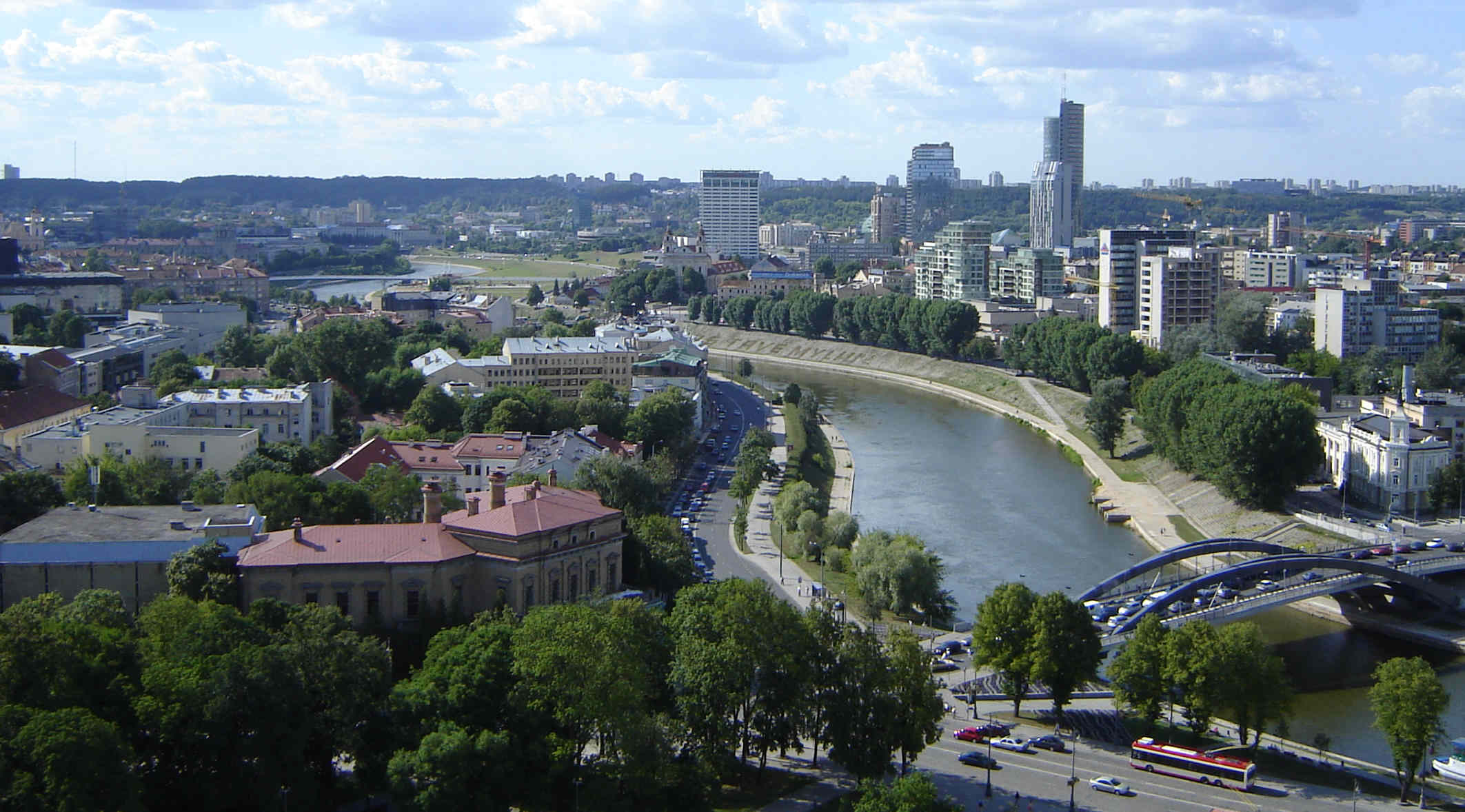 The
Vilnius cityscape: new meets old.
The
Vilnius cityscape: new meets old.